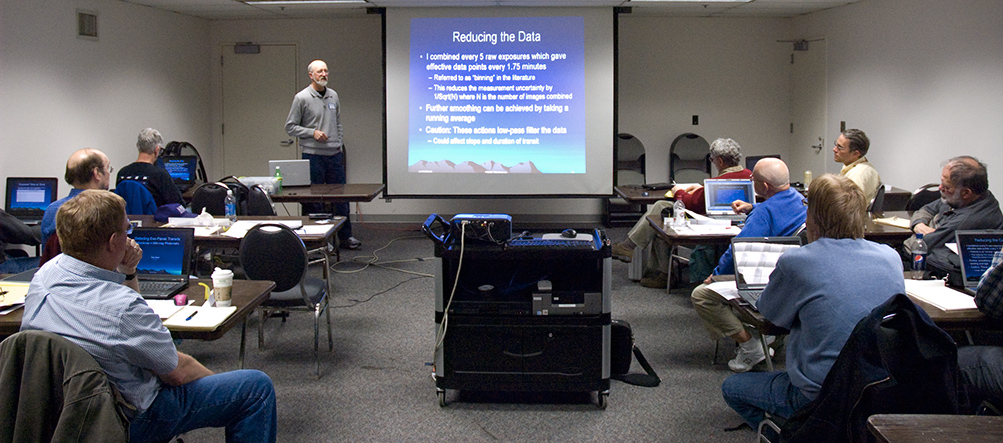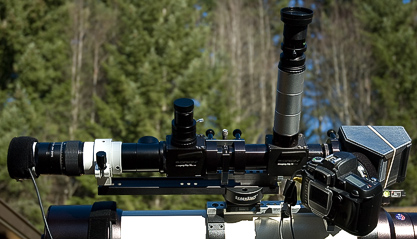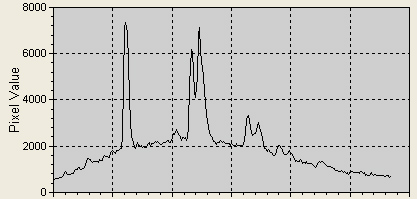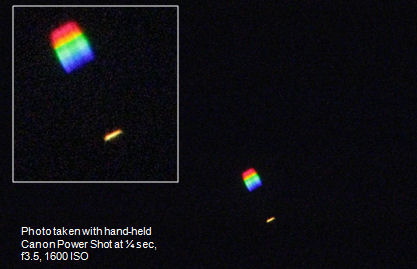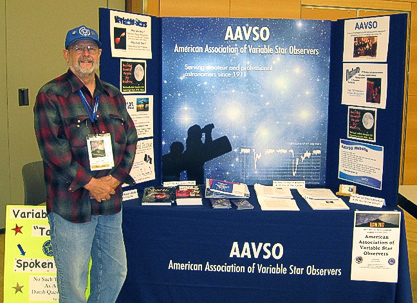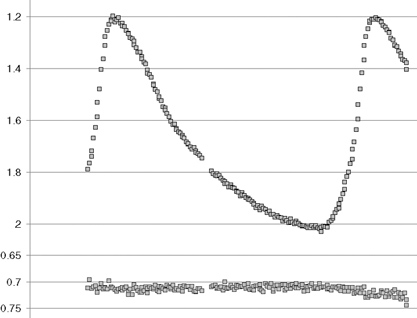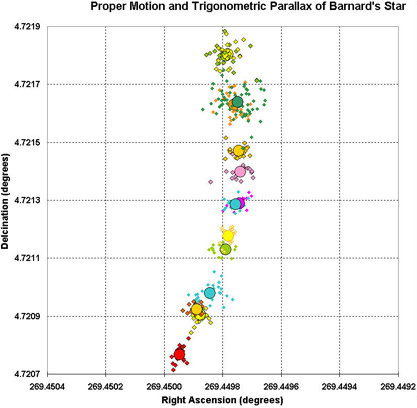Schedule
- 8:00 to 8:15 am Sign-in & Lab setup
- 8:15 am Astronomical Spectroscopy Introduction
David Haworth
- Electromagnetic spectrum
- Wienís displacement law law
- Planck's Black body radiation
- Continuous, absorption & emission lines spectrum
- Hydrogen atom energy levels
- Star classification
- Hertzsprung-Russell diagram
- Star spectra
- 3C 273 redshift
|
|
|
- Spectroscopy Instrumentation
David Haworth
- Diffraction grating filters
- Classical spectrograph by Christian Buil
- SBIG spectrographs
- Littrow LHIRES spectrograph by Shelyak Instruments
- Echelle spectrograph by Shelyak Instruments
- Spectroscopy Labs
David Haworth
- Diffraction grating lab
- Neon and hydrogen emission lines lab
|
|
|
|
|
|
- Using the
Rainbow Optics
Star Spectroscope for Visual Observing
Paul Bakke
- How Rainbow Optics Star Spectroscope works for visual observing
- Optics used
- Objects observed
- First attempts using a camera with the Rainbow Optics Star Spectroscope
|
|
- 1:00 pm Variable Star Photometry
Tim Crawford
- American Association of Variable Star Observers (AAVSO)
- Variable star photometry
- Data reduction
- Reporting measurements to the AAVSO
|
|
- XX Cygni Photometry
Richard Berry
- Richard describes obtaining and reducing CCD images of XX Cygni during the 2009 Pine Mountain Observatory Summer Research Workshop.
- XX Cygni is a dwarf Cepheid star with a period of 0.1348 days (3.2 hours). It is usually assigned to the metal-poor Population II subclass of SX PHE stars. Discovered in 1904, the pulsations of XX Cygni have been followed regularly ever since. The star exhibits a range of variation of 0.84 magnitudes, from V = 11.36 to 12.20, and a mean radial velocity is -108 km/sec with a range of 37 km/sec. Its light curve appears to be monoperiodic, that is, it can be decomposed into a single fundamental with a series of harmonic overtones.
- The star is interesting for two reasons. First, in the short time-frame that was available at the PMO Summer Research Workshop, a complete light curve was taken to determine the period of variation. Second, we were be able to integrate our observations into the evolving discussion of a possible secular change in its period.
|
|
- Astrometry: The Proper Motion of Barnard's Star
Richard Berry
- Astrometry is the art and science of measuring the postions of celestial objects. AIP4Win has three software tools that make use of astrometry: the Astrometry Tool, the Distance Tool, and the Magnitude Measurement Tool. In the summer of 2009, I began to wonder what the limit of CCD astrometric measurement might be. I began to look for a project that would push the normal "measure an asteroid" type astrometry to its limits.
- The otherwise inconspicuous red dwarf, Barnard's Star, has an annual proper motion of 10.3 arcseconds per year. A change that large is easy to measure with conventional astrometry. The challenge I took was this: what is the shortest time interval that would allow me to detect -- unambiguously -- the proper motion of Barnard's Star. The answer turns out to be somewhere between five and seven days.
|
|
- Double Stars Measurements & Cataclysmic Variables Photometry
Jim Jones
- Double stars
- Overview of the Washington Double Star WDS catalog
- Visual measuring double star separation and position angle
- Electronic measuring of double stars
- Measuring delta magnitude between the two double stars
- Creating a paper that records method, comments and data
- Cataclysmic variables
|
|
-
Detecting Exoplanet Transits: Adventures in Milli-mag Photometry
Ken Hose
|
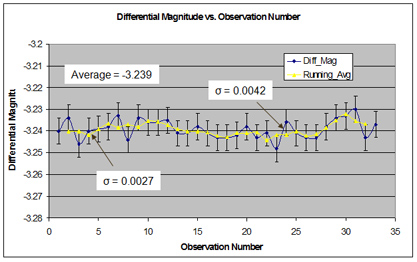
|

|
Speakers

Richard Berry
There is very little that Richard Berry has not done in astronomy; Former editor for Astronomy magazine, co-author of books such as "The CCD Cookbook Camera" and
"The Handbook of Astronomical Image Processing" and author of the "Build Your Own Telescope".
He is one of the developers of AIP4WIN software.
His talks are always a treat to listen to and a valuable asset to the astronomy community.
|

|

Tim Crawford
Tim became a visual variable star observer and joined the AAVSO in 2001. Following an introduction to astrophotography in 2003, he expanded his interest, equipment and skills to become a widely recognized premier CCD variable star observer serving both as a photometry mentor for AAVSO
members and an active member of the AAVSO chart team. Tim has reported more than 100,000 photometric observations from CCD images to the AAVSO as of December, 2009. He is also an accomplished author of numerous articles in both amateur and professional astronomy publications, and boasts an impressive meteorite collection.
|

|
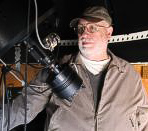
Jim Jones
Jim started in astronomy over ten years ago by helping at
Pine Mountain Observatory. Jim has been measuring double stars for 10 years starting with visual measurements and then using electronic imaging devices such as webcam, etc. Today he mostly uses a C-11 telescope with a SBIG ST-8 camera. His other observing projects include variable star measurements for the
AAVSO
and photometry of cataclysmic variables for the
Center for Backyard Astrophysics.
|

|
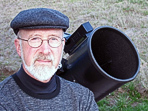
Ken Hose
Ken Hose has been active in visual astronomy for the last 10 years or so. He now has an observatory and taken up astro-imaging. As an engineer, he has an interest in the scientific aspects of the hobby and has a special interest in detecting exoplanet transits.
|

|
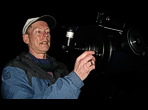
Paul Bakke
Paul has enjoyed visual astronomy since he learned the constellations
in the fourth grade, but became serious when a midlife crisis induced
him to acquire a 10-inch SCT telescope. He has since built an
observatory, and has loves to host "star parties" to share views
through his telescope with others. As a way to keep pushing the
envelope, and to stay enthused though confronted with light pollution,
Paul has branched out into visual spectroscopy, double stars and
H-alpha solar observing.
|

|
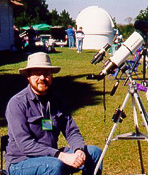
David Haworth
David Haworth enjoys astronomy imaging and processing those images to bring out details that cannot be seen easily by visual observing with the same size optics. David Haworth started astroimaging with a Cookbook CCD camera he built in 1996 and since then has used many types of cameras to image the sky. David wrote Chapter 2: "Afocal Photography with Digital Cameras" in the second edition of "The Art and Science of CCD Astronomy" which was published in December 2005. David's images have
appeared
in magazine front covers, articles, books, catalogs, videos, music CD covers, T-shirts, other web sites, etc.
|
![]()
